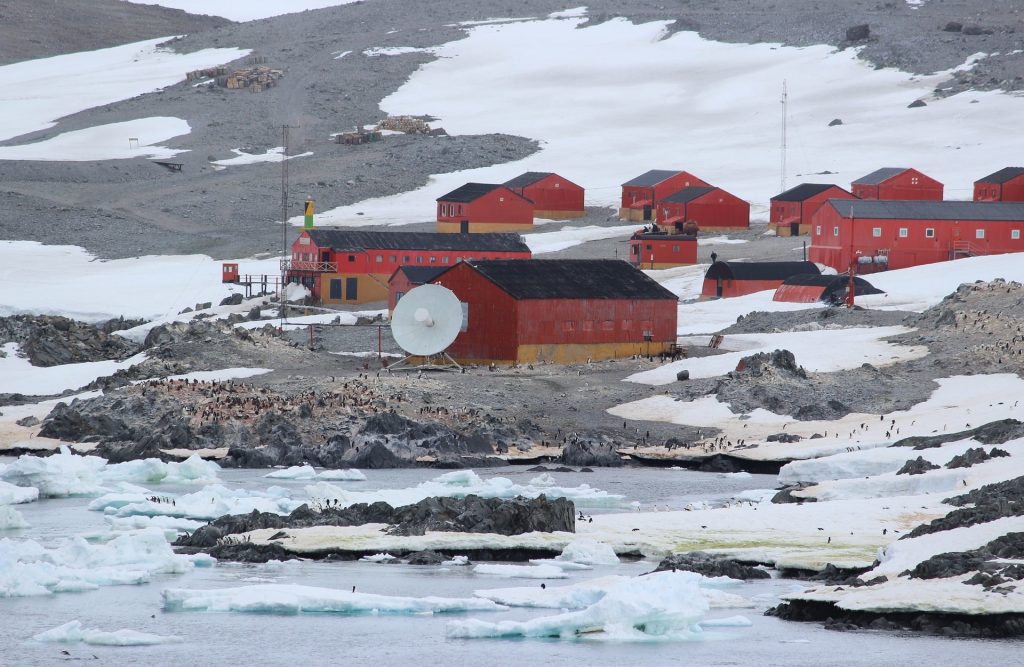
SpaceX’s Starlink constellation is now operating in Antarctica
SpaceX’s Internet constellation Starlink is now operating as far away as Antarctica. Hence it benefits researchers at McMurdo Station, a science outpost operated by the United States Antarctic Program (USAP).
SpaceX has long touted the potential of the Starlink constellation of satellites as a global connector to give disadvantaged populations access to broadband. So far, the company appears to be keeping its promises. The project now shines in one of the most remote communities on the planet: McMurdo Base in Antarctica.
McMurdo Station is a US base located in southern Ross Island and serves as a logistics hub for Hemisphere. Constructed in the 1950s, it contains a port, three airports, a helipad, and more than a hundred buildings, including one of Antarctica’s rare places of worship: the Snow Church.
” USAP Scientists [Programme antarctique des États-Unis, NDLR]Supported by NSF [National Science Foundation, NDLR] In #Antarctica thrilled! Starlink tests polar service with newly deployed user terminal at McMurdo Station, increasing bandwidth and connectivity to support scienceThe US National Science Foundation said on Twitter on Wednesday.
SpaceX also celebrated this new milestone and is proud to be present on all seven continents thanks to its Starlink network.
USAP Scholars Supported by NSF in # Antarctica over the moon! Starlink is testing polar service with a newly deployed user terminal at McMurdo Station, increasing bandwidth and connectivity to support science. pic.twitter.com/c3kLGk8XBV
– National Science Foundation (NSF) September 14, 2022
Starlink takes up more and more space
Owns SpaceX It has already launched more than 3,200 Starlink satellites in low Earth orbit. If all goes as planned, the company hopes Launch at least 12,000 over the next few years (Maybe 30,000).
Early next year, SpaceX also plans to begin launching its second generation Starlink satellites. These will be much larger and more capable than the current iteration and will be able to transfer broadband directly to smartphones. A few days ago, Elon Musk announced that SpaceX and T-Mobile had signed an agreement to provide this service under a project called ” Cover up and beyond“.
Initially, there was talk of SpaceX only using the Starship spacecraft to launch these next satellites into orbit, as the latter is too heavy for the Falcon 9 which is currently handling all of the company’s launches. Ultimately, the delay in Starship development caused SpaceX to revise its plans to allow the Falcon 9 to launch those satellites when needed.
Remember that the Starlink service is Critical to SpaceX’s long-term exploration goals. The revenue generated by the constellation will already help fund the company’s Moon and Mars program.

“Organizer. Social media geek. General communicator. Bacon scholar. Proud pop culture trailblazer.”
